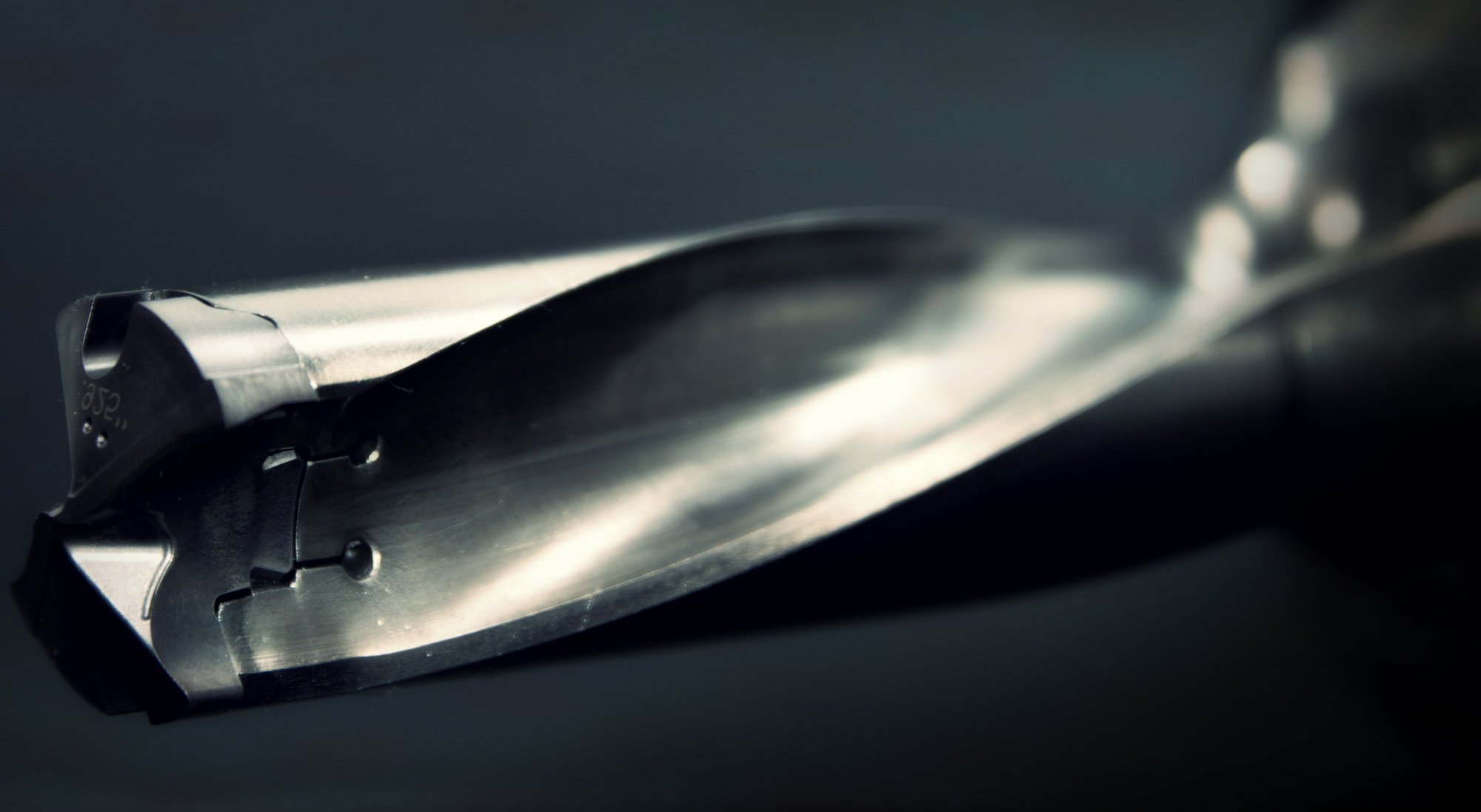Additive fabrication is a class of manufacturing procedures where a part is built by adding material layers upon one another. This process has been evolutionary in different manufacturing applications. And as a result, it is now an accepted solution in fabricating customized, geometrically complex, or low volume parts, and it’s recognizable in producing tools and parts that are not possible to combine and form into various materials. Though many applications are hidden from the public and are still in development, their ranges are potentially vast. Even some of the technology’s liabilities are transformed into advantages. Also, additive technology is utilized by directly fabricating items, such as molds and parts, or it is utilized through secondary or indirect purposes.
Direct Fabrication
Plastic and metal parts are often directly fabricated. With plastic parts, stereolithography, thermoplastic extrusion methods, and laser sintering (LS) are currently the most important forms used in direct fabrication. Stereolithography is a process in creating objects that are three dimensional with using a laser beam controlled by a computer that builds the required structure from layer to layer. This, in turn, is done with a liquid polymer that hardens with a laser light. With extrusion of thermoplastics, this is a continual process that can be adapted to produce various semi-finished and finished products, such as covered wire, film, pipe, and profile. And laser sintering(LS) creates tough components that are geometrically intricate and uses a highly powered CO2 laser to sinter or fuse powdered thermoplastics. Laser sintering 3D printing remains enclosed in powder when a part is made. This allows complex geometries and prevents the need for supportive structures. And as a result, these parts can be heat resistant, airtight, water resistant, strong, and made of exceptional materials, such as glass and aluminum filled Nylon 12.
The material in the stereolithography and processes include polymerization, monomers, and polymers. Polymers are large molecules formed by a repetition of a limited number of smaller molecules called monomers. The joining of monomers to create larger molecules is called polymerization. Many polymers naturally occur. And as a result, protein is produced by amino acid joining together, the joining of isoprene produces natural rubber, and cellulose is produced when glucose is joined together.
The development of photopolymers for stereolithography and other relatable usages led to materials that show an extensive array of properties. These engineering plastics’ mechanical properties are mimicked by available material. Optical capabilities, snap fit flexibility, and moisture resistance are illustrated. Also, further developments are being pursued or already introduced to improve situations with thermal conductivity, rubber like flexibility, shrinkage, etc.
When it comes to metal parts, they are mostly and directly fabricated with laser powder forming, selective laser melting (SLM), or laser sintering (LS). Once again, these are the most important techniques. Selective laser melting develops from fully dense parts that are in a wide metal selection. With laser sintering, it is used to fabricate parts in several metals, such as cobalt chrome, stainless steel, and steel. Infiltration of secondary metal eliminates porosity. Additionally, parts normally require final machining, and their properties would be somewhat different than parts formed totally of intrinsic material.
The formation of laser powder is able to produce huge parts in titanium, steel, and other metals at gradient, multiple, and full density material. However, the parts may somewhat need more machining than laser sintering does prior to being usable. And furthermore, metal parts’ direct fabrication is discovering its best implementation in applications of high added value, like medicine and aerospace.
Indirect or Secondary Processes
Before indirect of secondary processes can be applied, additive patterns must go through finishing operations. No technology of additive fabrication delivers adequate surface finishes for accurate applications. The stair stepping inherent removal in the different, surface artifacts’ procedures is required prior to the ejection of parts from a mold. Also, this removal can lead to more errors that are introduced.
Most of the time, the accuracy of secondary processes is limited by the pattern’s precision after finishing. Additively fabricated patterns rank best for applications that have a few critical elements. If a lot of tight tolerances are required to be held, it’s normally still cheaper and faster to use CNC.
The material properties utilized in additive processes are continually improving and expanding, but they are still comparatively small in number. Also, a limitless applications’ variety means it would always be necessary to transfer parts fabricated in a material utilized in a process of additive fabrication into another material.
